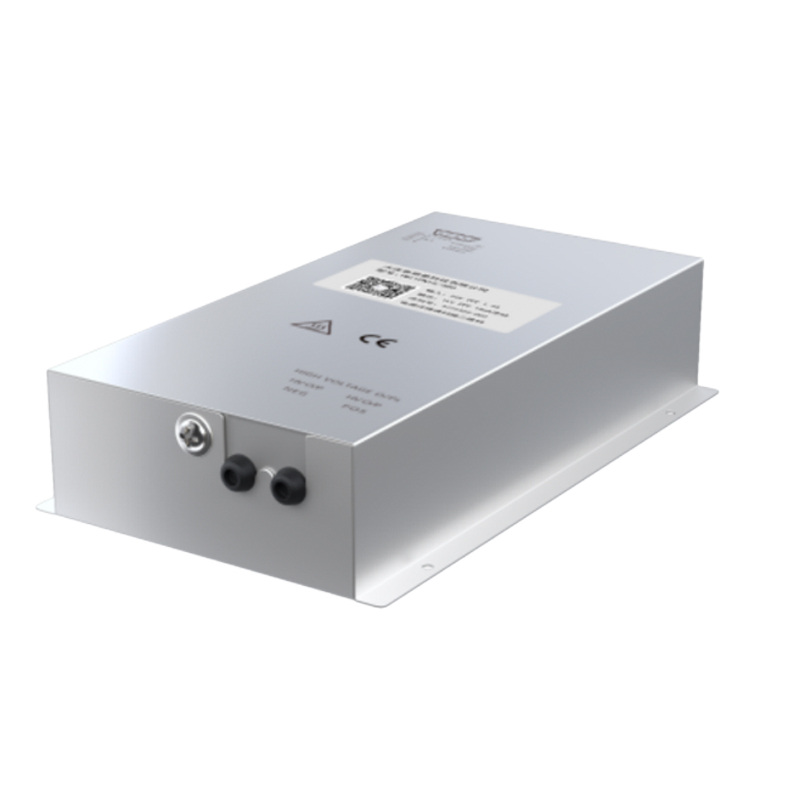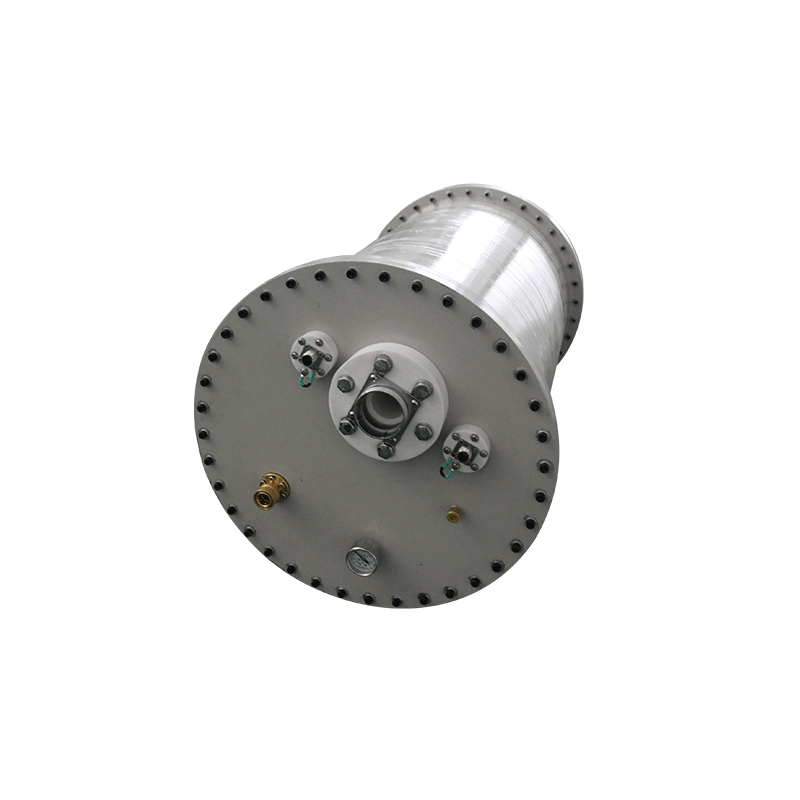Industrial CT High-Voltage Power Supply: Noise Reduction Algorithms for Enhanced 3D Reconstruction
Industrial computed tomography (CT) systems rely on high-voltage power supplies to generate stable X-ray emission for internal structural imaging. Fluctuations in the power supply output—such as ripple, transient oscillations, and electromagnetic noise—introduce artifacts and degrade the quality of 3D reconstructed images. Therefore, advanced noise suppression at both hardware and algorithmic levels is essential for high-resolution imaging.
At the hardware level, the power supply employs a high-frequency, low-noise inverter architecture with multi-stage LC filtering and magnetic shielding to achieve ripple suppression below 0.005%. Active temperature control ensures reference voltage stability, reducing long-term drift during extended scanning.
From a signal processing standpoint, synchronized sampling is used to correlate power output fluctuations with detector readings. Time-domain filtering and Kalman estimation algorithms separate power-induced distortions from actual imaging signals. Adaptive noise models continuously adjust filter parameters according to X-ray intensity variations, ensuring consistent image quality across varying object densities.
Advanced systems integrate deep-learning-based denoising networks that model the power supply’s noise spectrum using operational telemetry data. During 3D reconstruction, the algorithm predicts and subtracts correlated noise components before iterative back-projection, effectively removing ripple-related streaks and speckle artifacts.
The integration of stable hardware design and intelligent software correction establishes a feedback ecosystem in which the power supply not only delivers electrical energy but also contributes to real-time data quality enhancement. This synergy allows industrial CT systems to achieve high signal-to-noise ratios and precise density mapping, even in demanding environments involving large or dense components.




















